According to the World Tourism Organization (UNWTO), the number of international tourists visiting UNESCO World Heritage Sites has increased by an average of 6% per year over the past decade. At the same time, high-income customers are increasingly interested in destinations with cultural and ecological values, with the desire to combine unique experiences with high-class amenities. This has created conditions for the rapid development of the luxury hotel and resort segment near heritage sites. Major brands such as Belmond, Aman, Six Senses, Explora, &Beyond… are all present at many prominent heritage sites, from Machu Picchu (Peru), Petra (Jordan), to Angkor Wat (Cambodia), Uluru (Australia), and Serengeti (Tanzania).

A resort near the ancient town of Hoi An has built a "zero plastic waste" hotel.
According to Ms. Duong Thu Trang, co-founder of a consulting company on hotel and real estate development and operation, unlike coastal or inner-city resort real estate, projects near UNESCO World Heritage Sites often face many legal and planning constraints. Regulations on landscape protection, building height limits, construction density, and environmental impact assessment (EIA) are mandatory and more stringent. However, this is the factor that creates a competitive difference for licensed projects - which are rare and have long-term value.
"Accommodation facilities near heritage sites are often built in the model of small resorts or luxury eco-hotels, with a scale of 10-50 rooms, using local materials and designs in harmony with the environment. The average investment level is 25-40% higher than that of conventional resorts in the same segment, due to environmental risk management costs and specific architectural requirements. In return, the average room rate can be 30-100% higher, depending on the exclusivity and rarity of the location.
Hotels also invest heavily in accompanying activities such as: themed heritage tours (history, spirituality, archaeology), cultural classes, community activities, high-end local cuisine, or integrated natural health services. Experience, not amenities, is the key factor in determining re-stay behavior," said Ms. Duong Thu Trang.

A wedding was held at a resort located near Trang An Scenic Landscape Complex.
The responsibility of accommodation tourism for conservation
Many tourism models combining accommodation and conservation have been implemented in Vietnam and around the world. For example, Singita (Africa) allocates a portion of its revenue to the lion and rhino conservation fund; Explora (South America) invests in local heritage research; brands such as Six Senses, Soneva… commit to not using single-use plastics and being carbon neutral in operations. This helps create sustainable image value and is in line with global ESG trends.
In addition, technology applications (automated check-in, AI concierge, virtual heritage maps, etc.) help promote operational efficiency, but still require human and local elements to enhance the emotional experience. This requires a team of staff with foreign language skills, cultural understanding, and good storytelling skills.
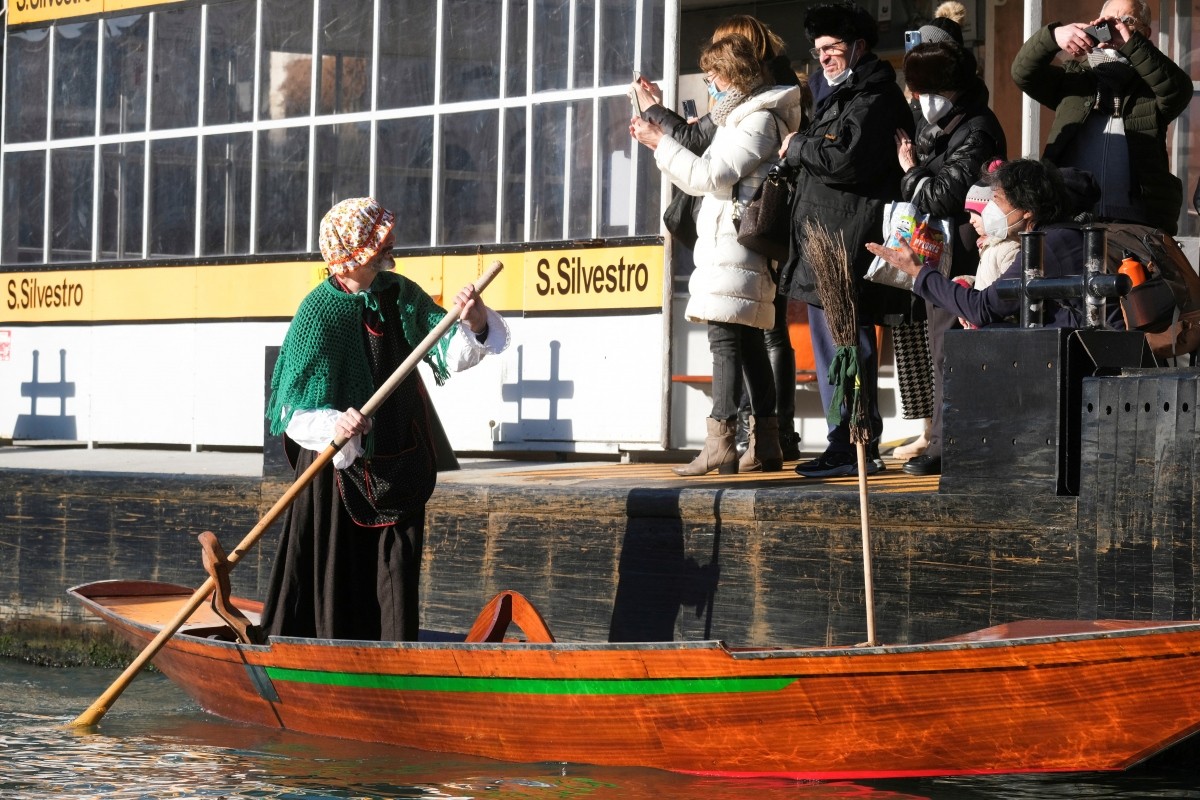
Venice (Italy) has been repeatedly warned about overcrowding. Source: Reuters
However, there are challenges to balancing conservation and business. Overdevelopment around heritage sites is a concern, especially in areas that have been subject to numerous warnings and recommendations, such as Venice (Italy) or Dubrovnik (Croatia). If not well planned, hotel projects can lead to ecological imbalance, conflicts with local communities and long-term damage to heritage values.
Therefore, the requirement for investors and managers is to create a sustainable coexistence model: exploiting economic value, contributing to heritage protection and contributing to the local community. This is also a "survival" condition in the context of tourists' increasing awareness and higher demands on heritage and environmental protection. Because beyond the commercial potential, hotels and resorts near UNESCO World Heritage Sites have the opportunity and responsibility for the hotel industry to shape a new social role: storyteller, custodian and inspirer.
What opportunities for Vietnam's tourism industry?
Vietnam is also a country that owns UNESCO-recognized World Heritage Sites, including cultural heritages, natural heritages and mixed heritages. These sites not only have outstanding global value but are also located in the national key tourism development axis, including: Ha Long Bay - Cat Ba Archipelago, Trang An Scenic Landscape Complex, Phong Nha - Ke Bang National Park, Hue Monuments Complex, Hoi An Ancient Town, My Son Sanctuary, Thang Long Imperial Citadel, and Ho Dynasty Citadel.
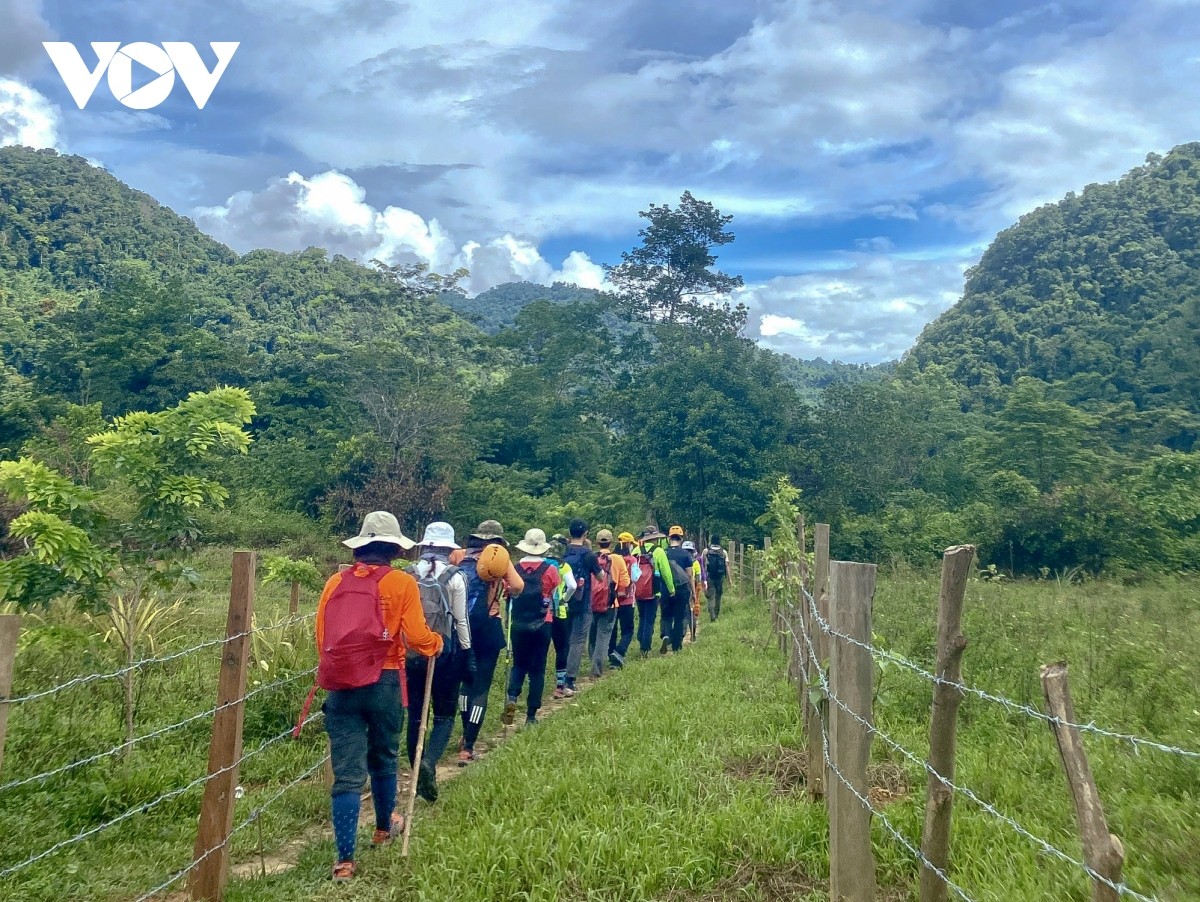
Tourists join a hiking and cave exploration tour in Phong Nha - Ke Bang National Park
According to the assessment of a hotel and real estate development and operation consulting company, with the number of international and domestic visitors to Vietnam growing rapidly in recent years, the advantages for hotel and resort investment projects in Vietnam include a stable number of visitors, abundant cultural and natural resources, preferential infrastructure investment attraction policies from the government, competitive land prices and construction costs compared to other countries in the region. However, specific challenges include fragmentation in regional planning, unsynchronized access infrastructure, unsustainable conservation awareness and local communities, and lack of high-quality tourism human resources.
Potential customers for accommodation facilities near heritage areas are high-income tourists, usually aged 35 - 65, mainly from North America, Western Europe, Japan, Korea and recently China and India. They tend to stay longer (3-5 nights/time); prefer to explore and learn about local culture and ecology; are willing to spend on highly personalized services (private tour guides, dining in nature, etc.); and are interested in sustainable tourism and heritage.

A unique cultural experience program in Hue.
Therefore, hotel investors and managers in Vietnam need to carefully study heritage planning, prioritize local elements in architecture and services, build brands closely associated with heritage, train and retain high-quality local staff, and take advantage of technology and customer behavior data to optimize service personalization.
"Developing hotels near heritage sites will become an attractive niche market in Vietnam, but it is necessary to ensure sustainable tourism, promote cultural authenticity, respect environmental sensitivity and involve local communities. Investors, therefore, are gradually shifting to limited-scale resort models, experiences in harmony with landscape and heritage instead of following the mass model," said Ms. Duong Thu Trang.
As Vietnam upgrades its infrastructure and enhances its heritage conservation, the opportunity for expansion in the luxury accommodation segment is becoming increasingly apparent. From Trang An to Hoi An, the most successful projects will be those that respect the “soul of the land” and create unique experiences – combining the essence with the heritage. This trend reflects market demand and a commitment to responsible and sustainable tourism development.
Source: https://baolaocai.vn/khach-san-va-di-san-the-gioi-su-song-hanh-cua-bao-ton-va-du-lich-cao-cap-post400566.html


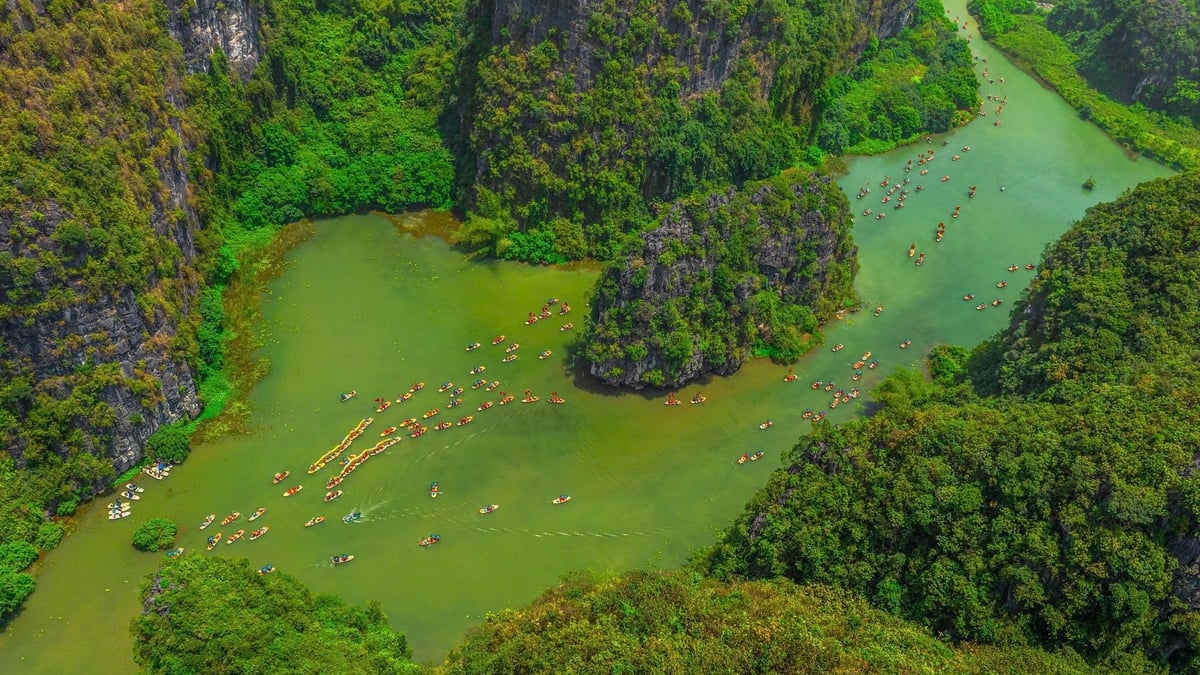
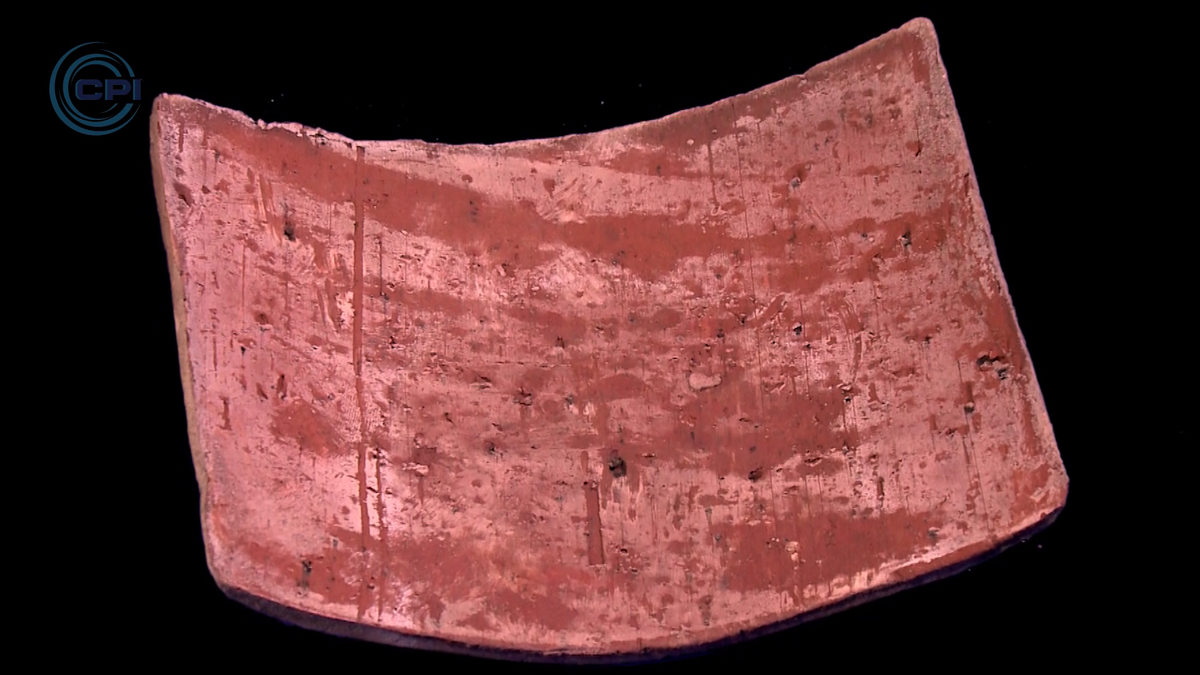

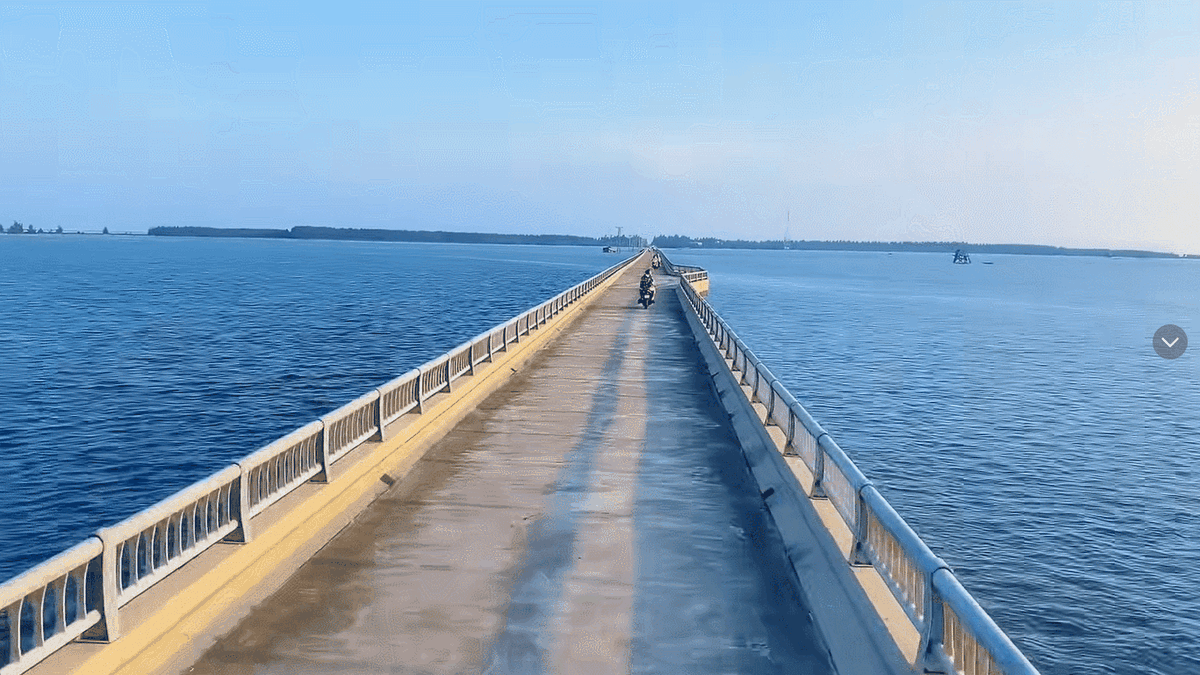
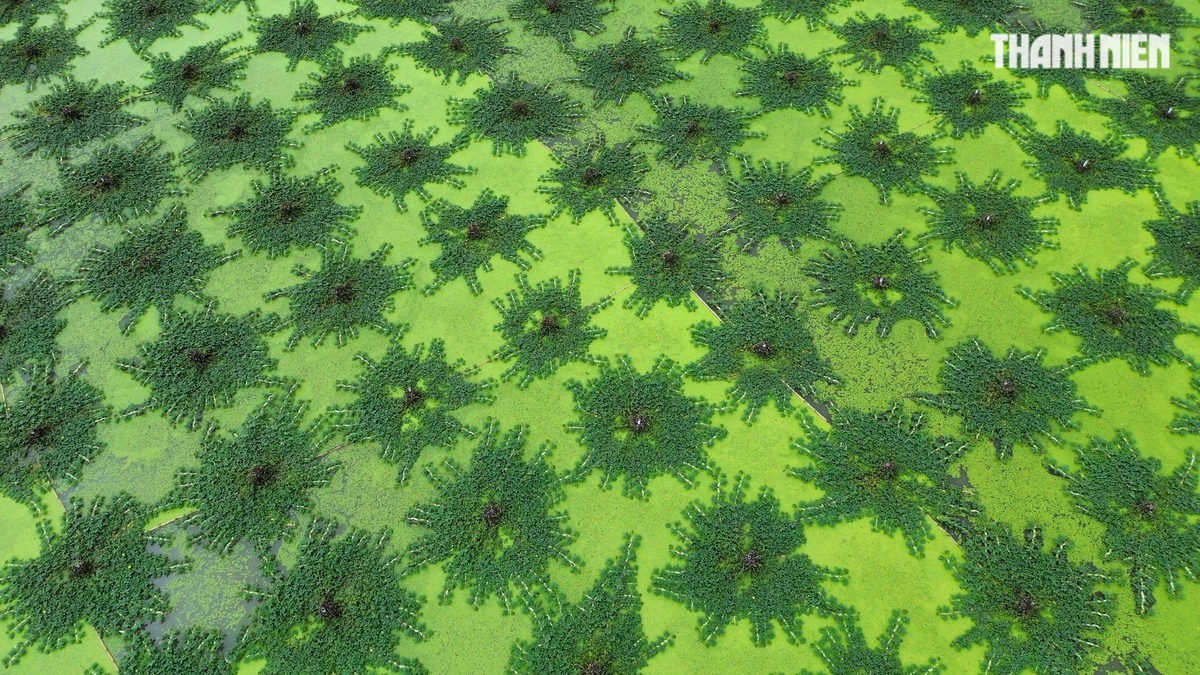
![[Photo] The moment Harry Kane lifted the Bundesliga trophy for the first time](https://vphoto.vietnam.vn/thumb/1200x675/vietnam/resource/IMAGE/2025/5/11/68e4a433c079457b9e84dd4b9fa694fe)
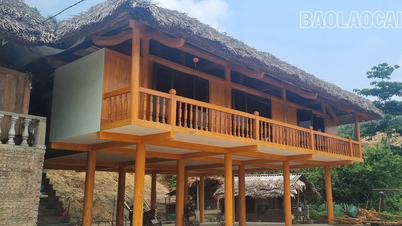
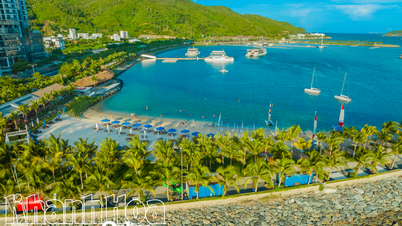
![[Photo] Immerse yourself in nature at Hoang Lien National Park](https://vphoto.vietnam.vn/thumb/402x226/vietnam/resource/IMAGE/2025/5/11/37ae4031aff34f189f684c0eb359235d)

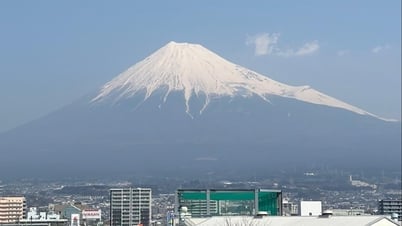
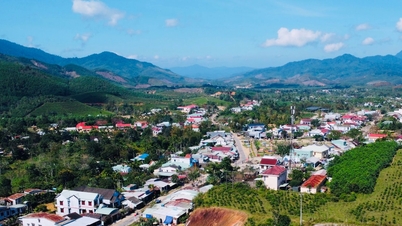





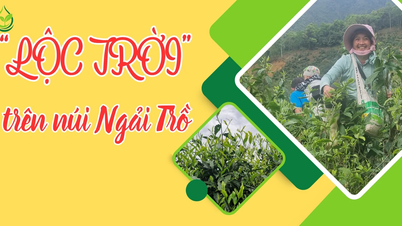
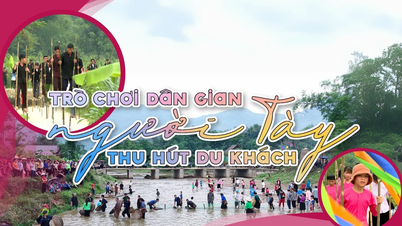
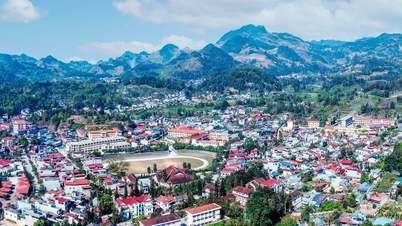
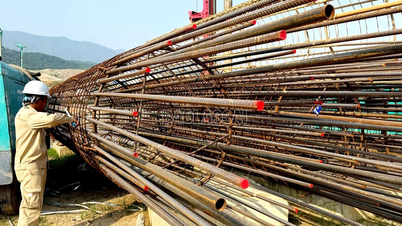
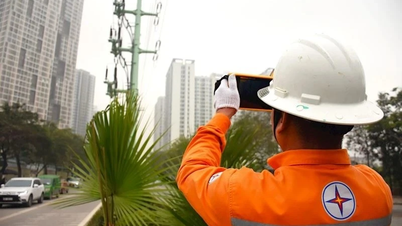
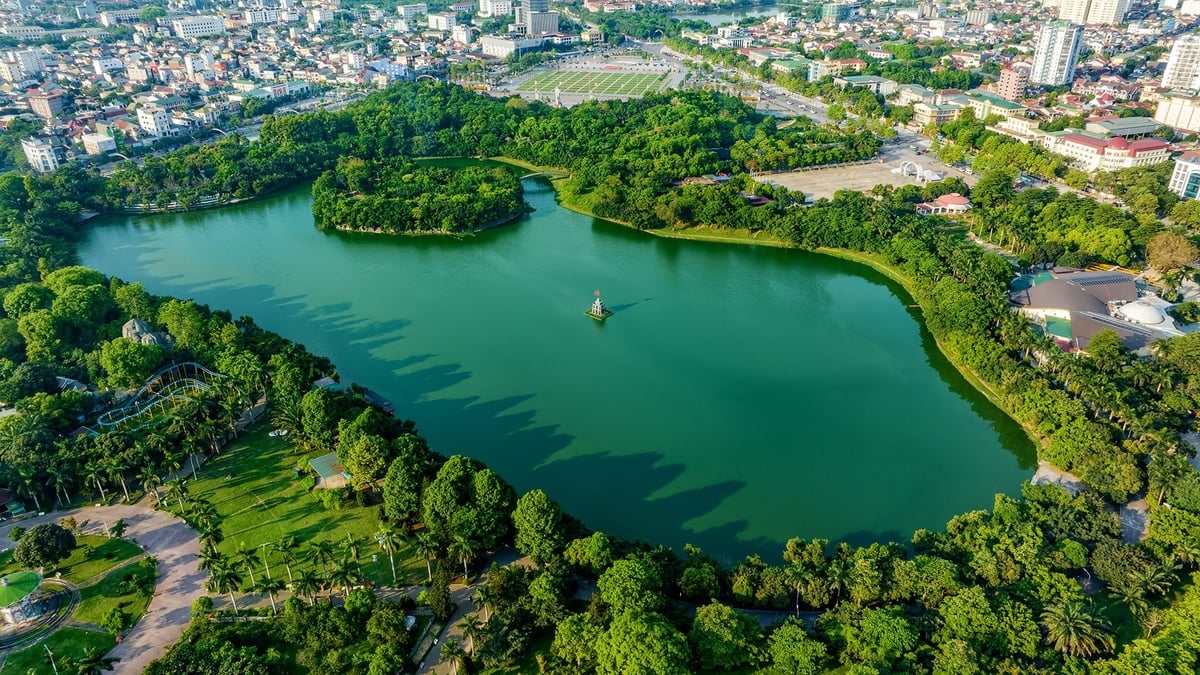











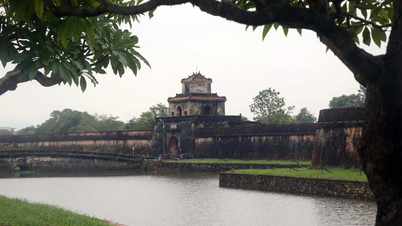











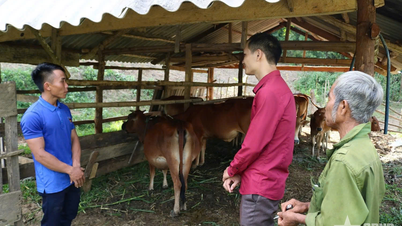










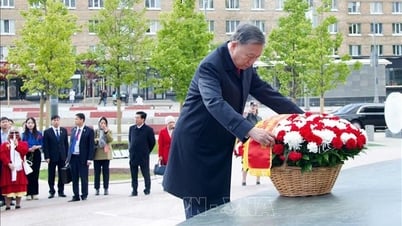


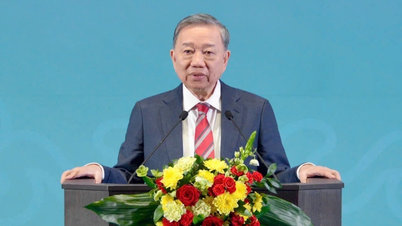















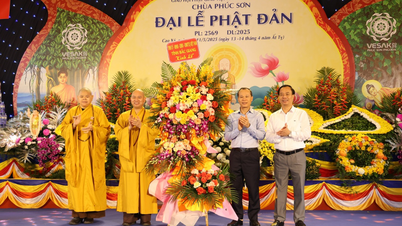

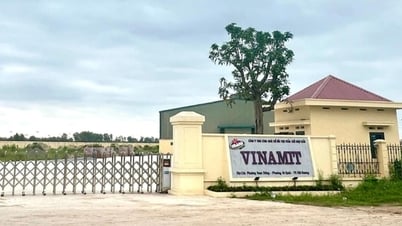

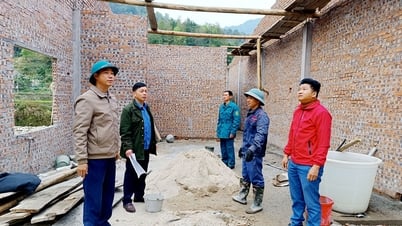














Comment (0)